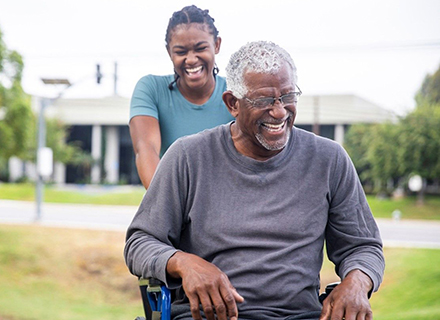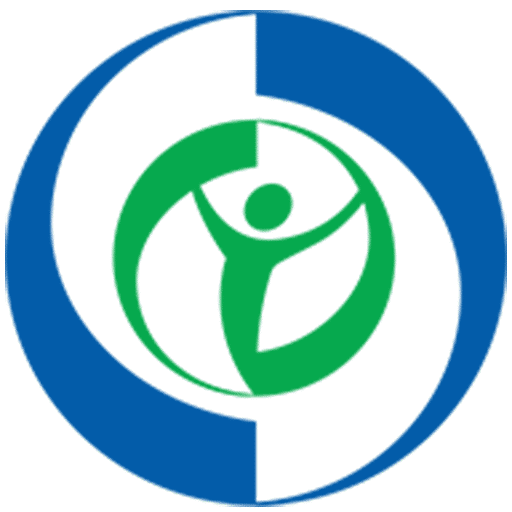Medicaid → Implementation
Implementation
If you want to start offering the National Diabetes Prevention Program (National DPP) lifestyle change program, where do you start?
This section outlines steps for implementing the National DPP lifestyle change program. It also discusses practices that have been implemented in Medicaid and other contexts to enhance delivery of the National DPP lifestyle change program. Additional content related to program delivery can be found at the CDC National Diabetes Prevention Program website.
Organizations who wish to offer a lifestyle change program must abide by standards set by CDC. The CDC’s Diabetes Prevention Recognition Program (DPRP) plays a critical role in assuring that organizations can effectively deliver the evidence-based lifestyle change program with quality and fidelity. For more information, see the Standards for CDC Recognition. Organizations interested in offering the program can use the American Medical Association’s National DPP Lifestyle Change Program Budget Considerations Tool to estimate the cost implications of offering the program.
For a list of CDC-recognized organizations already offering the program, click here.
Do you have a success story related to delivery of the National DPP lifestyle change program? Please share your experience here.
Achieving Medicaid coverage for the National DPP lifestyle change program is an important milestone towards reducing the prevalence of type 2 diabetes in a state. To facilitate uptake of the benefit, states are encouraged to leverage a variety of communication and promotion strategies to generate enthusiasm, buy-in, and engagement with the benefit. This page describes approaches that states have taken to communicate and promote the benefit.
This section provides information on options state Medicaid agencies and Medicaid managed care organizations (MCOs) have when covering or offering the National DPP lifestyle change program through CDC-recognized organizations that offer the program in-person, online, through distance learning, or using a combination approach. MCOs also have options of working with a third-party organization such as an umbrella hub; or seeking CDC recognition and delivering the program themselves.
Medicaid agencies, MCOs, state health departments, and other partners can identify prospective participants for the National DPP lifestyle change program based on participant eligibility criteria listed in this section. It also discusses methods, such as electronic health record data, medical claims data, or risk tests, that can be used to proactively identify individuals who are, or may be, eligible for the program.
Medicaid agencies, MCOs, state health departments, and other partners will need to consider appropriate and effective strategies for recruiting individuals into the program. Multiple methods may be used for recruitment, including provider referrals. Effective recruiting strategies and methods for working with physicians are discussed in this section.
Retaining Medicaid members who have elected to participate in the National DPP lifestyle change program is an important program objective. Research has shown the longer a person stays in the program, the better their outcomes. This section provides retention best practices, retention strategies in practice, and information on using program supports.












